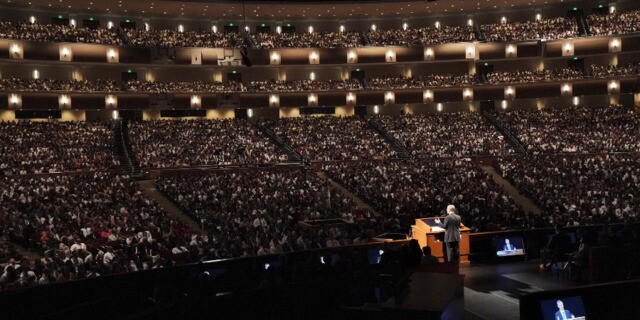Brigham Young University is perhaps the most well-known of the institutions of the Church Educational System. With its main 560-acre campus in Provo, Utah, the university serves more than 45,000 students from over 103 countries and all 50 states.
But what about the Latter-day Saints who don’t attend BYU? After all, the university has a 59% acceptance rate among its freshmen according to its website.
A recent article in Church News highlights how the Church Educational System provides opportunities for all members of The Church of Jesus Christ of Latter-day Saints to access education. “There are opportunities for everyone to be blessed by at least one of the institutions of CES,” said Elder Paul V. Johnson, current Commissioner of Education.
Through BYU, BYU–Idaho, BYU–Hawaii, Ensign College, and BYU-Pathway Worldwide, the Church Educational System can reach the global membership of the Church.
Elder Clark G. Gilbert, who will assume the calling of Commissioner of Education this year, told Church News, “Sometimes you’ll look at university systems, and they’re all basically replications of themselves. But in the Church Educational System we really have five distinct higher education organizations with very distinctive roles and very distinctive strategies.”
► You may also like: How a call to serve inner-city youth changed a group of graduate students forever
From BYU, the only research-focused university within CES, to BYU-Pathway Worldwide, the Church’s online program reaching students in 150 countries, each organization makes a distinct contribution to CES. Read more of the differences between each of the CES schools at Church News.


